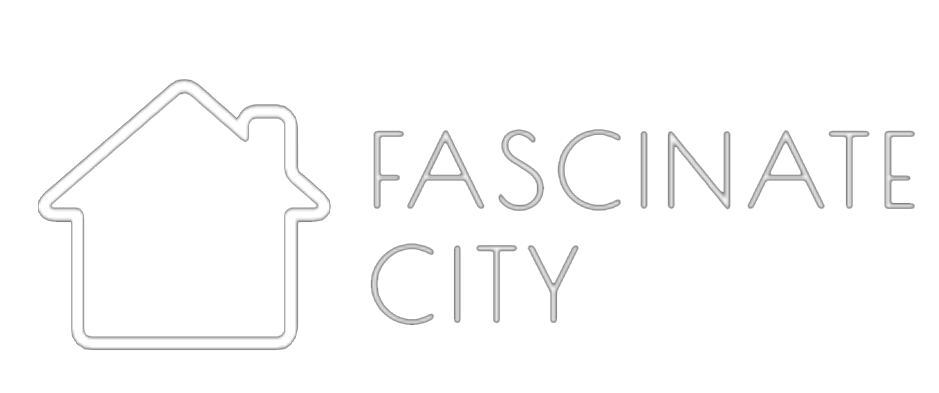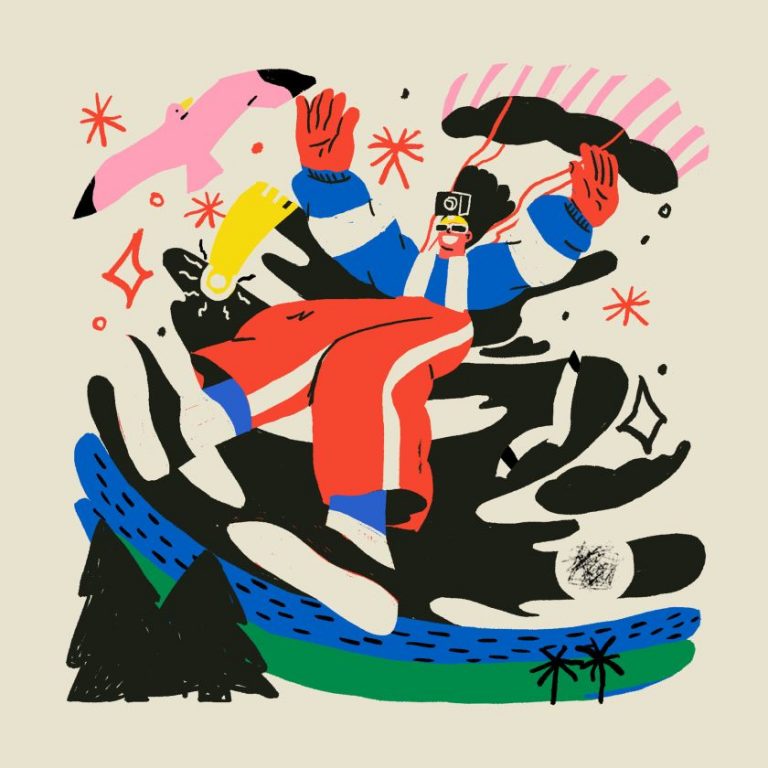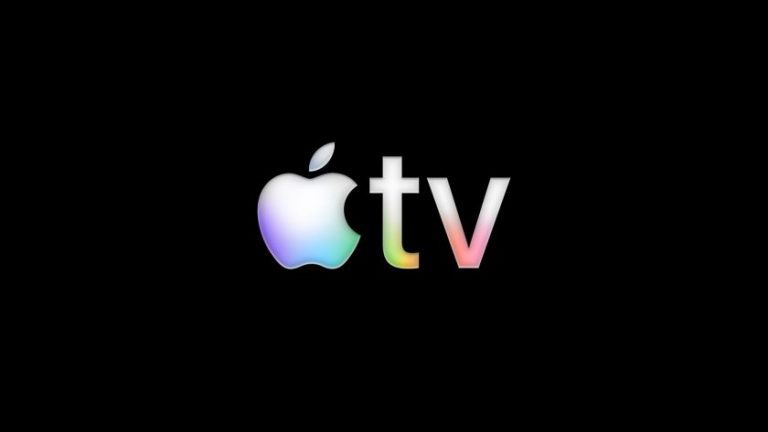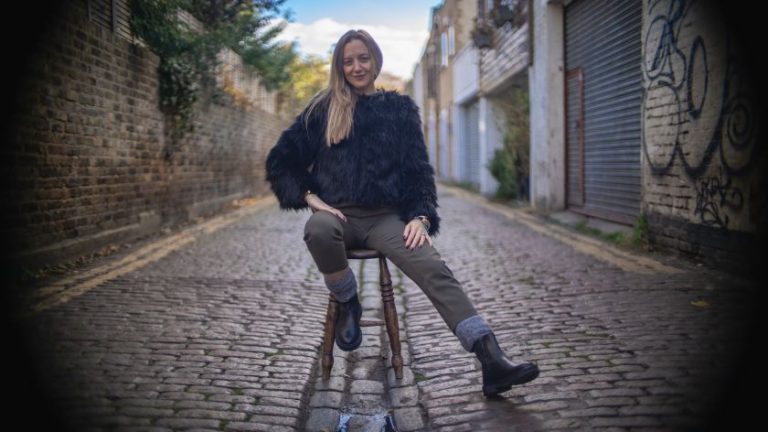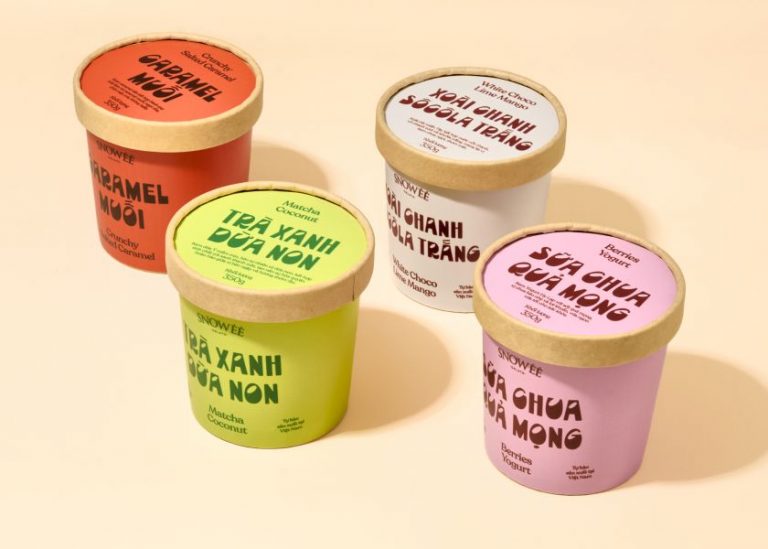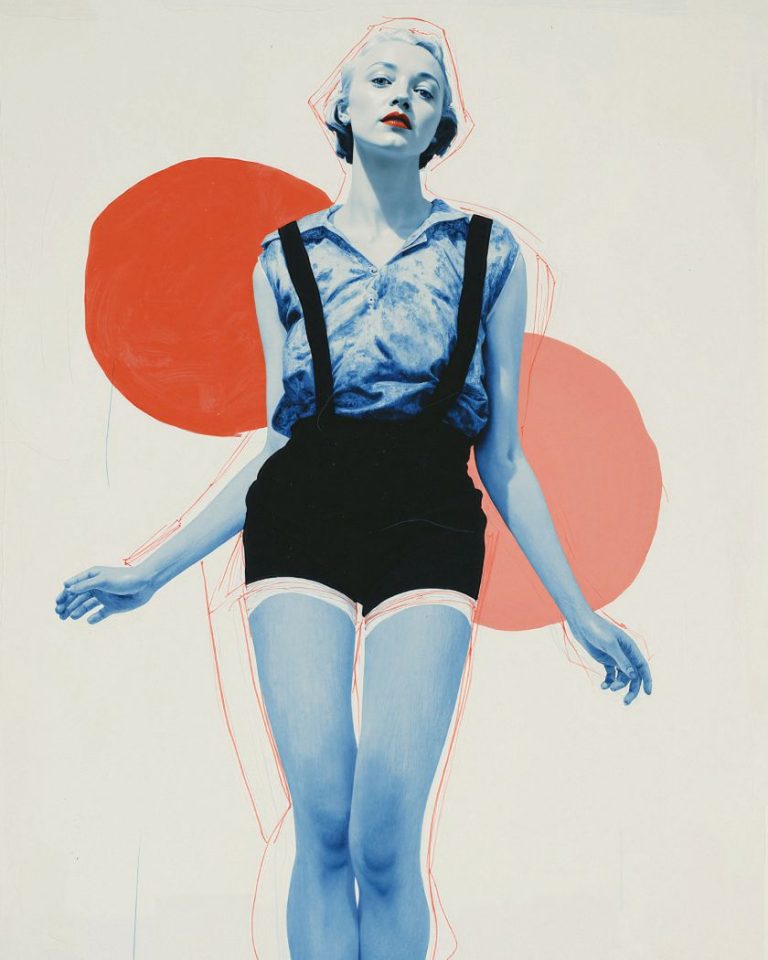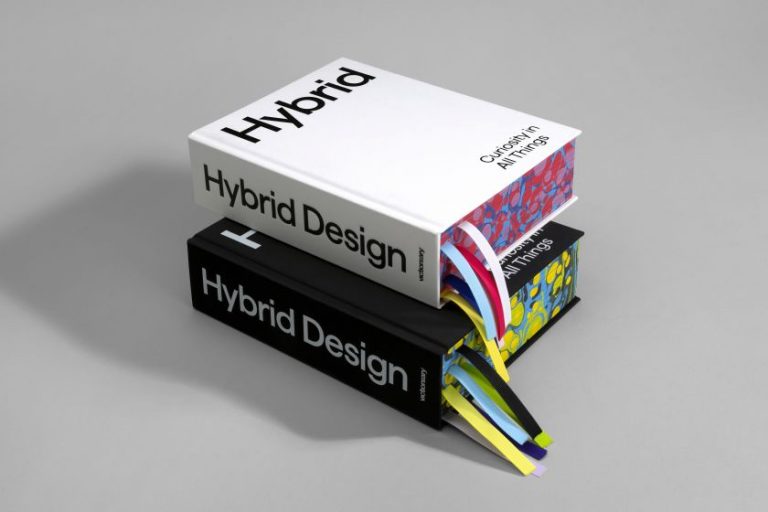Image licensed via Adobe Stock
Forget the pressure to niche down. In 2025, versatility is the real flex.
For years, we’ve been told that, rather than try to be all things to all people, we should find a specific skill and focus on that. But in an industry shaken by budget cuts, AI disruption and shifting client needs, being multi-skilled in 2025 is no longer a compromise; it’s an advantage. And those who prefer to (say) juggle illustration, web design, photography and a bit of copy on the side might just be built for this new era.
Designer and creative consultant Mike Hindle puts it succinctly: “For years, creatives were told to niche down, specialise, pick a lane. But in 2025 —with shrinking budgets, AI disruption, and a quieter economy (yelp)—it feels being good at lots of things is no longer a compromise; it’s a competitive advantage.”
Why? Because today, clients are asking more from fewer suppliers, timelines are compressed, and the creative industry itself is evolving faster than anyone anticipated. And when the entire motorway is under construction, lane discipline becomes less relevant than adaptability.
Designer, artist and creative director Kyle Wilkinson sees this shift as fundamental to the industry’s evolution. “This industry is built upon evolution, which can be slower with a specialism,” he reasons. “This is why I’ve always believed in—and practised—a more generalist approach. And so far, it’s served me well.”
Built for the gig economy
Multiple income streams aren’t just smart business; right now, they’re an essential survival strategy. When one area of work dries up, generalists can pivot to another. When a client needs both brand strategy and social content, they can deliver both.
There’s a crucial distinction, though, between being genuinely multi-skilled and simply dabbling. The new generalist isn’t someone who does everything poorly; they’re someone who applies deep creative thinking across multiple disciplines with competence and confidence.
Web designer and developer Matthew Jackson draws a parallel with medicine. “Doctors don’t specialise immediately. They get a good grounding in all kinds of things for years before potentially specialising. Equally, how could it EVER not be useful to understand both design and also business, development, print, marketing, behavioural science, and sales?”
Visual storyteller Fiifi Džansi agrees: “It’s always a good thing to be a generalist first,” he says. “That way, you enrich your perspective and refine your taste.” He points to the famous designer Massimo Vignelli as an example of excellence across disciplines.
Steven Bonner, creative director at D8, adds that generalist skills make you better at everything “because you have an understanding of what the specialists you hire actually do”.
Why clients love a one-stop shop
Budget constraints and tight timelines mean clients increasingly value efficiency. If you can handle brand identity, motion graphics and social content strategy, you’re not just saving them money; you’re saving them the coordination headache of managing multiple suppliers.
Jose Nava, co-founder and CEO at Levie, has seen this play out in practice. “As we’ve grown our practice and expertise, we’ve seen that niching down comes with its own caveats and limitations,” he reveals. “Our range of work and capabilities are quite diverse, and that’s been a strength. As the landscape evolves, we see a need to continue to become generalists.”
Graphic designer Tony Clarkson takes this to its logical conclusion: “I’ve always been a generalist in that if a client asks, ‘Can you do XYZ?’, I’ll say yes and then figure out how,” he reveals. “Over the years, it hasn’t just been design; it’s included all sorts of things, from setting up email accounts on their various devices to building the wiring looms for their exhibition stands.”
How to own it without burning out
The key to successful generalist practice isn’t necessarily saying yes to everything, though. For many, it’s being strategic about your range.
As creative director Mark Hutton Hutton Creative says: “I’m a great believer that as a creative you should be able to turn your hand to most areas of design but within reason. I can’t do 3D design or detailed coding, but I have the knowledge of them that if I use someone with that expertise, I’ll have an understanding of what’s involved in the process.”
Danie Stinchcombe, marketing director at co-working space Gather Round, has embraced this approach for decades: “I’ve worked in marketing for 25 years now but never specialised in anything in particular,” she says. “I’ve just tried a bit of everything, and it’s always been an advantage. “
Range creates resilience and can be good for your work-life balance too. Illustrator Annie McGee explains how being multi-disciplinary actually enables sustainability. “I’m a multi-passionate creative, a multi-disciplinary illustrator and workshop facilitator,” she says. “And honestly, being a ‘Jack of all trades’ is what makes my creative life actually work. I’m disabled with fluctuating and unpredictable health issues, so my body doesn’t always let me show up the same way every day. Having a mix of creative work gives me the flexibility to adapt without burning out.”
In short, your breadth of skills is no longer a consolation prize for not being focused enough. It’s preparation for an industry that demands creativity, adaptability and the ability to see the bigger picture.
In a world where AI can handle the technical execution, human generalists who can think strategically across disciplines aren’t becoming obsolete; they’re becoming indispensable.
